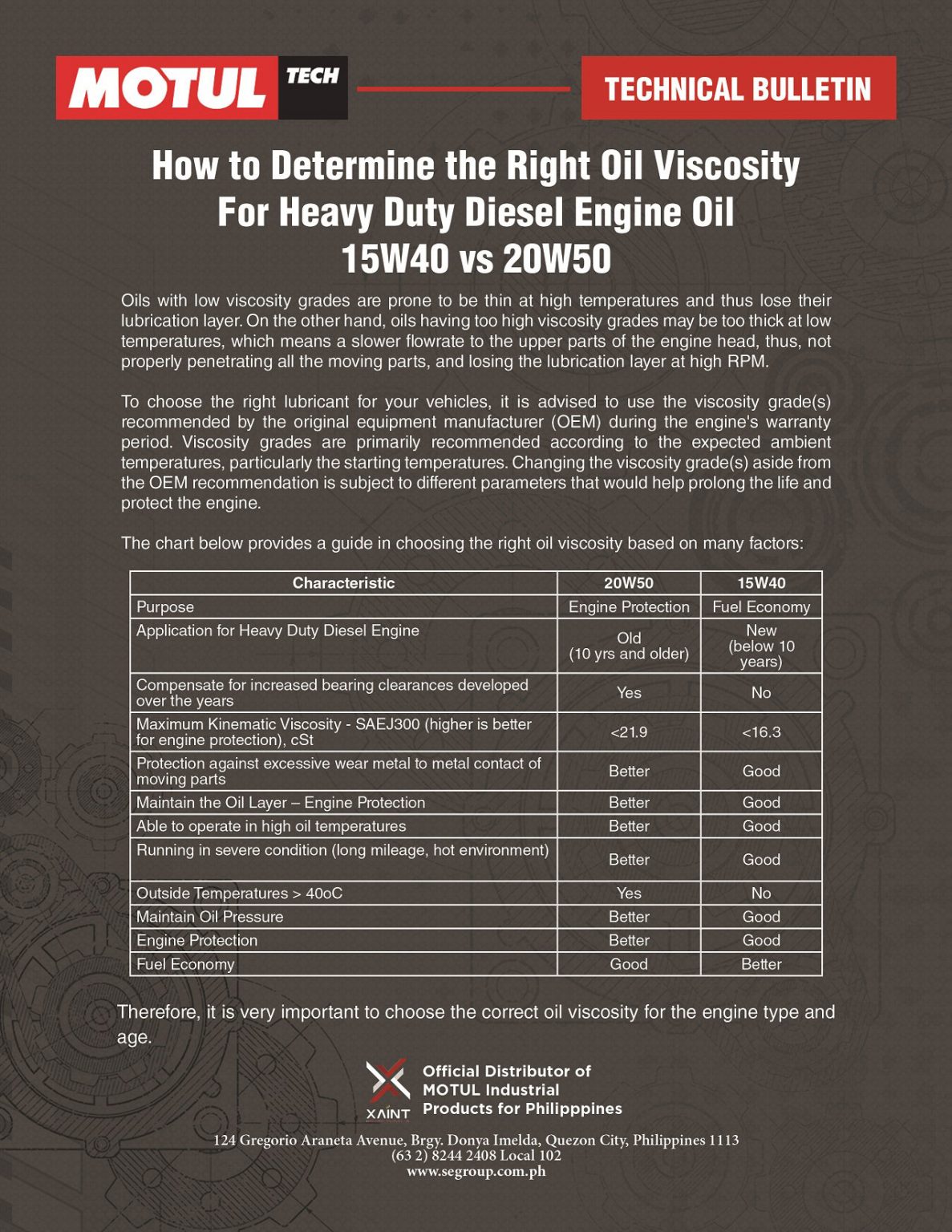
This is because water has a lower kinematic viscosity than honey. If you pour water into one container and pour honey into another, you’ll notice that water flows faster. Kinematic viscosity is fluid resistance to flow and shear due to gravity. Another important viscosity indicator is the viscosity index. Oil thins out as it gets warmer, so engine oil viscosity refers to how well it pours at a particular temperature.Įngine lubricant viscosity is usually defined through its kinematic viscosity and dynamic viscosity (absolute viscosity). Thick, heavy fluids have higher viscosity (like grease).Thin, light fluids are low viscosity (like brake fluid).Here’s an easy way to think of viscosity: It indicates how thin or thick a fluid is - impacting properties like temperature resistance and lubrication. Viscosity describes how resistant a fluid is to flow. What’s the Difference Between Synthetic Engine Oil and Mineral Oil?.Does Motor Oil Type Affect Oil Viscosity?.What Are Popular Engine Oil Viscosity Grades?.What Happens When Engine Oil Viscosity Is Too Thick?.What Happens When Engine Oil Viscosity Is Too Thin?.
Low viscosity oil meaning plus#
And if you’re curious about the viscosity index, we’ve got that covered too, plus several FAQs to help further clarify engine oil viscosity. We’ll discuss how oil viscosity is defined, including the difference between dynamic viscosity and kinematic viscosity. It also affects how well engine heat is transferred. It dictates how oil flows through and coats moving engine parts to keep them from grinding against each other. We follow developments in the market to ensure that our lubricants provide the best properties for optimal performance.Viscosity is one of the most critical properties of engine oil. In our Research & Development Center, our engineers are continuously working on the development and improvement of products and technologies. The lower viscosities of these engine oils will offer even more fuel efficiency.

Developments towards 0W-12 and 0W-8 engine oils are ongoing. Some car manufacturers even prescribe a 0W-16, cause for Eurol to launch the Eurol Evolence 0W-16. The future of viscositiesĬurrently, a 0W-20 engine oil is already prescribed by several car manufacturers. Want to know more about which lubricants you need for your vehicle? Then consult our Oil Advisor. It is therefore important to choose the right engine oil that complies with the OEM recommendations and thus with the prescribed specifications and viscosity. As a result it becomes all the more important to strive for the optimal chemical composition of the engine oil and to follow the OEM advice. Despite the change in viscosity, chemical component usage is limited to protect sensitive exhaust gas aftertreatment systems. The lower the viscosity of an engine oil, the more important the chemical protection of the engine becomes. The trend towards lower viscosities calls for new engine oil formulations to cover the latest OEM specifications. The lower this number is, the thinner the engine oil (see the video above). The second number – in this case 20 – indicates the viscosity when the engine is warm (100 ̊C). The lower this number, the easier the engine starts at a cold start. In the viscosity number, the first digit – in this case 0 – stands for low temperature viscosity. Where a decade ago the market perceived a 5W-30 engine oil to be revolutionary, nowadays a 0W-20 is the main recommendation.

To prevent fuel consumption due to excessive fluid friction, automobile manufacturers (OEMs) strive to use even thinner engine oils. This has resulted in a search for the right balance: The development of lower viscosity engine oils which offer good protection combined with fuel-saving properties. Fluid friction leads to higher fuel consumption and, in turn, higher CO 2-emissions. However, a lubricating film that is too thick will cause friction, resulting in loss of energy. The higher the viscosity, the thicker the lubricating film and the smaller the chance of metal-to-metal contact. One way of reducing the risk of wear is to use a high-viscosity engine oil. The engine oil must provide a lubricating film in such a way that there is no contact between the moving parts, preventing wear. The use of an engine oil that meets the prescribed viscosity is important to provide proper lubrication to the moving parts of the engine. In this article, we look at this trend in more detail and elaborate on the latest developments in the field of viscosity. This is reflected in the trend towards the development of even thinner engine oils. Besides innovations in engine technology and material usage, a reduction in fuel consumption can be achieved in the field of lubricants. In order to reduce CO 2 emissions, ever stricter requirements for passenger cars are implemented worldwide.


 0 kommentar(er)
0 kommentar(er)
